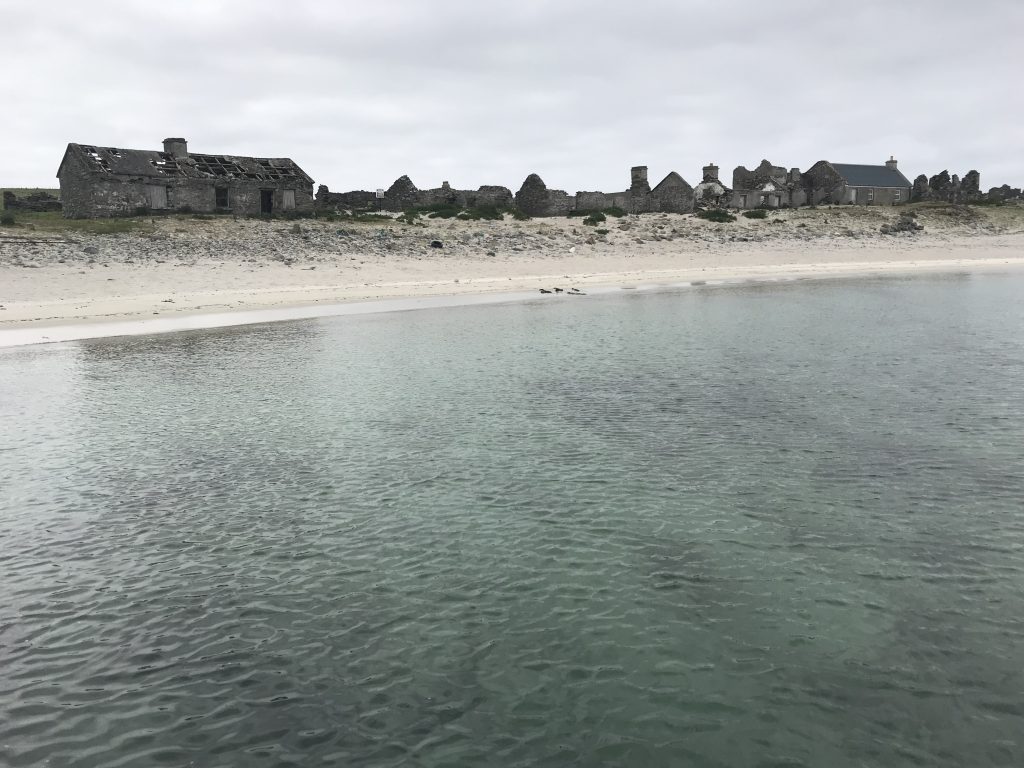As well as being unique and special in terms of habitat and species supported, Machair systems also provide an array of ecosystem services. These include but are not limited to:
Provision of grazing biomass: grazing of Machair sites is highly valued due to the nature of the drier ground in winter months and also the healthy condition of animals grazed there. In recent years however stocking levels have increased and there has been a general switch from traditional breeds of cattle and sheep to continental / lowland breeds. The changes in animal type can have repercussions in relation to habitat as well as costs for farmers to maintain stock less suited to these conditions.
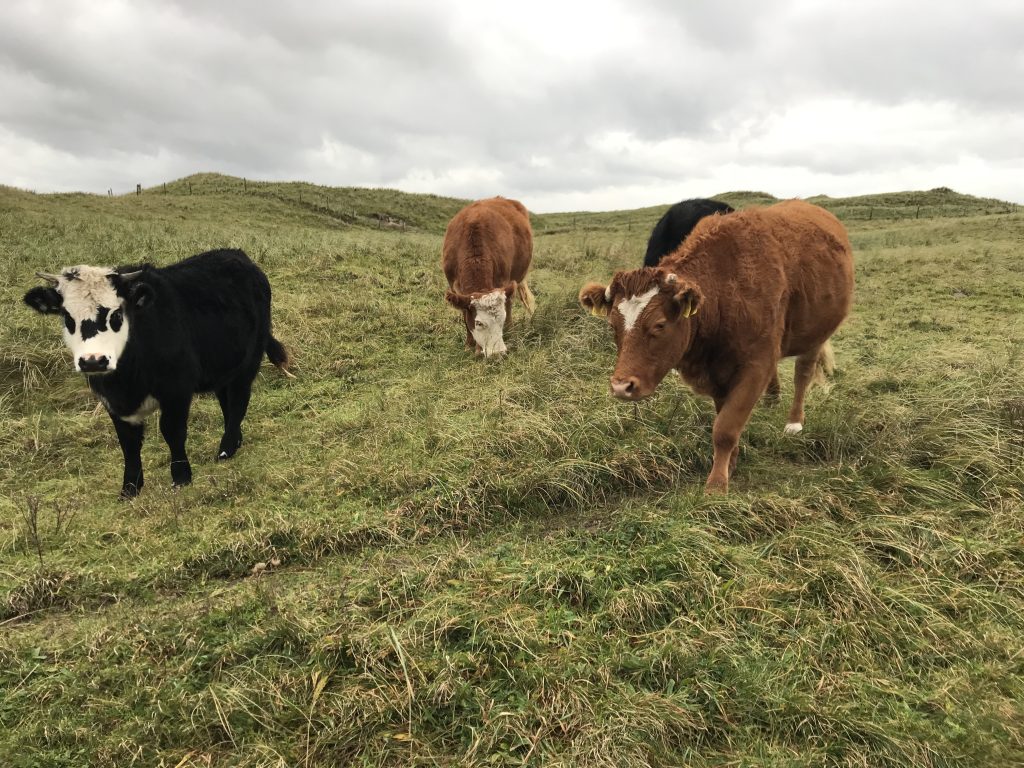
Water flow regulation (flood mitigation) and sediment trapping: there is an intricate and complex relationship between Machair habitats and groundwater, and the LIFE on Machair project areas have a number of flushes and springs connected which help maintain the habitats. Machairs are classified as Groundwater Dependent Terrestrial Ecosystems (GWDTEs) (you can read more about these here). Coastal lagoons and lakes (often found within Machair complexes) and Machair wetlands are critical for flood mitigation and help trap sediment flowing through catchments with knock on benefits for water quality.
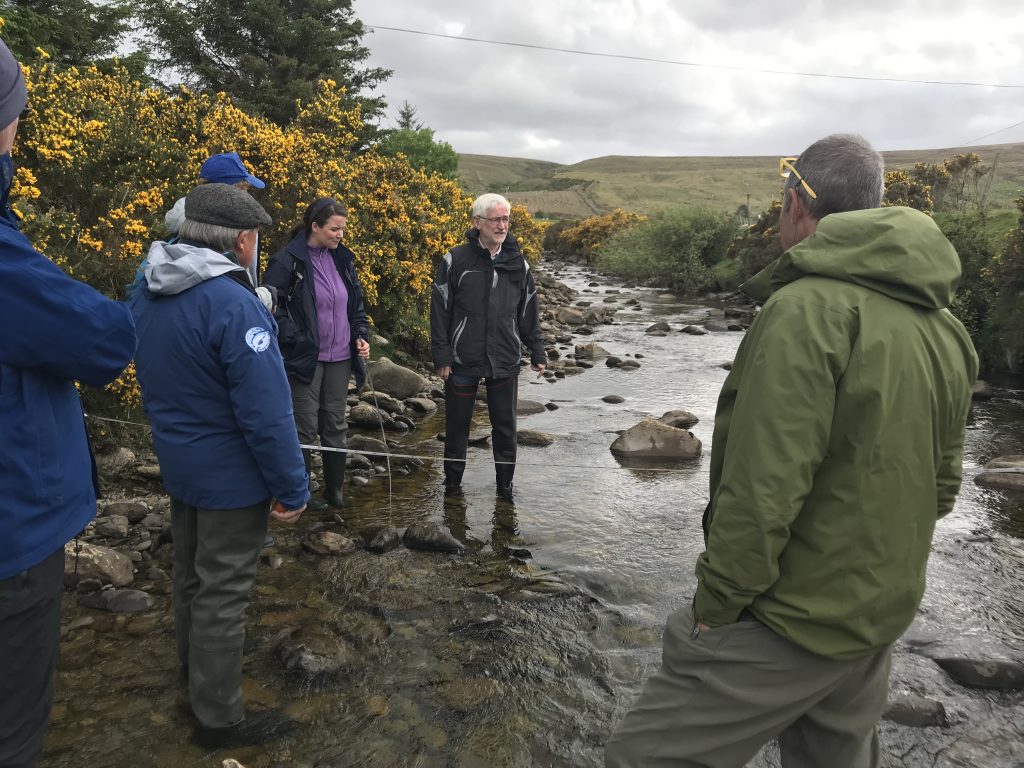
Coastal protection: coastal erosion and flooding is a feature of dynamic coastlines such as the north west of Ireland. However, in recent decades, increased storm intensity and flooding events have increased pressure on coastal areas. Machair systems provide a significant degree of coastal protection, but reduced resilience due to reduced habitat quality renders these sites less capable of providing protection.
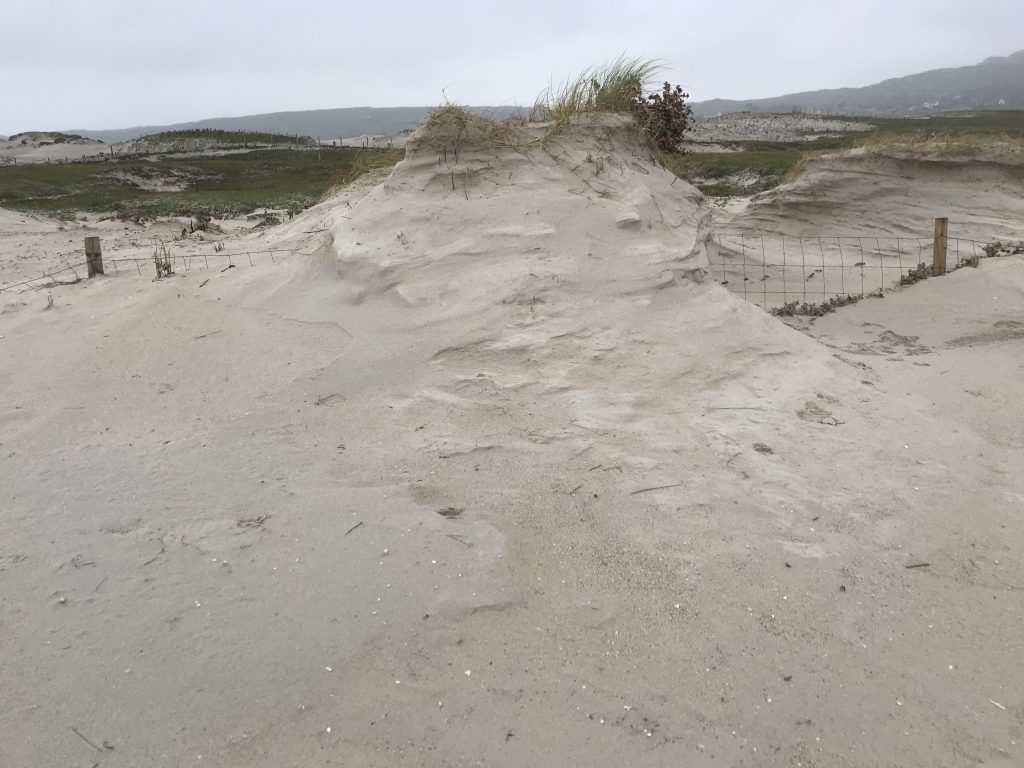
Pollination and soil supporting services: pollination is essential for a number of crops produced commercially as well as domestic produce. Valuing the role of pollination has been carried out through a number of studies, but the decline in invertebrate communities can also be linked to soil health. Both these ecosystem services are critical for Machair ecosystem health and resilience. The use of herbicides, pesticides and animal welfare products can tip the balance here.
Photo: Karina Dingerkus.
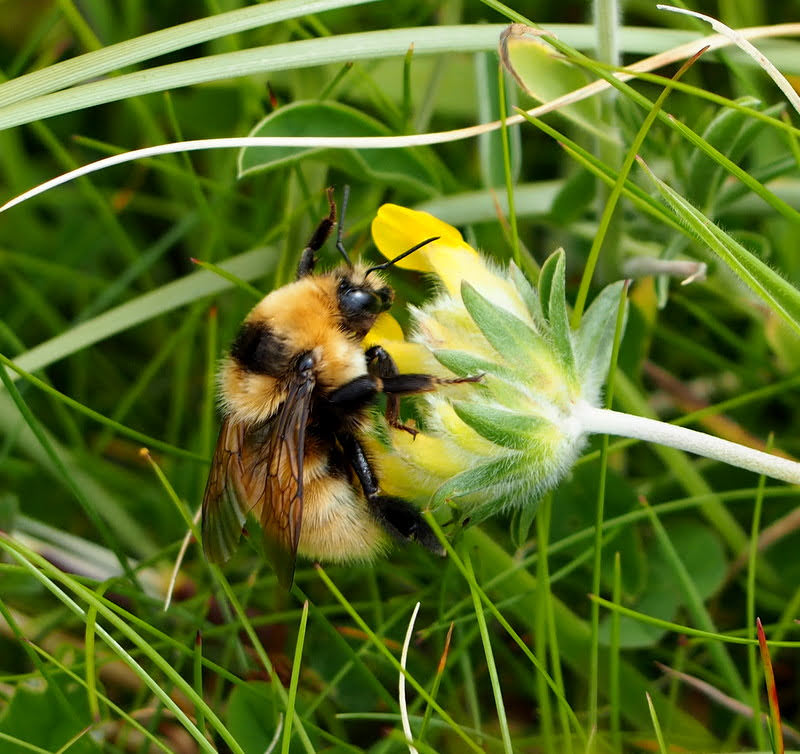
Recreational and tourism use: in recent decades, tourism along the western seaboard has increased significantly. These areas are highly attractive and require appropriate planning and regulation of access to ensure damage to coastal sites is mitigated. Machair commonages are often confused as ‘common land’ – though they are in private ownership. Camping and trafficking can have significant impacts on habitat quality but in particular has deleterious consequences for breeding waders.
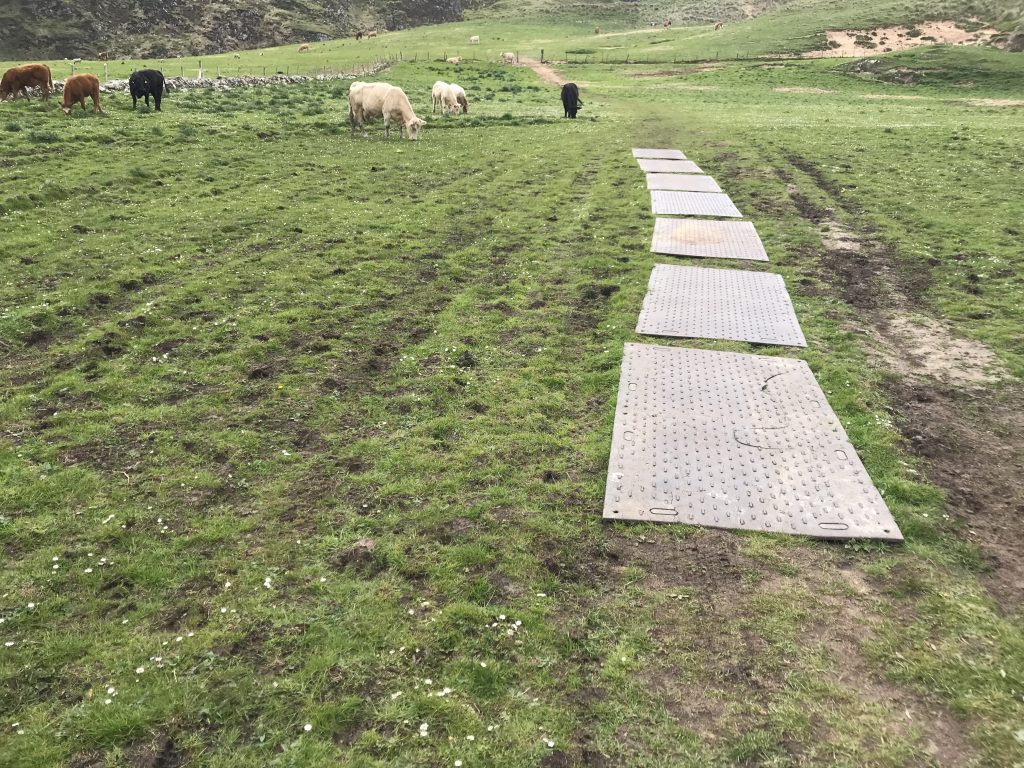
Cultural and social heritage: apart from the strong farming traditions on Machairs, there is a myriad of archaeological (distant and recent past) that make these sites hugely important from a heritage perspective. Mesolithic and Neolithic artefacts are still being uncovered at some sites, and many of the Machair sites were centres of the monastic tradition in Ireland (such as the Inishkea Islands) but also for Viking settlement (such as at Doonloughan). Places like the Inishkea Islands, de-populated in the 1930s, present a view of our more recent past. Maintaining the integrity of this heritage is important both from local and national heritage perspectives.
